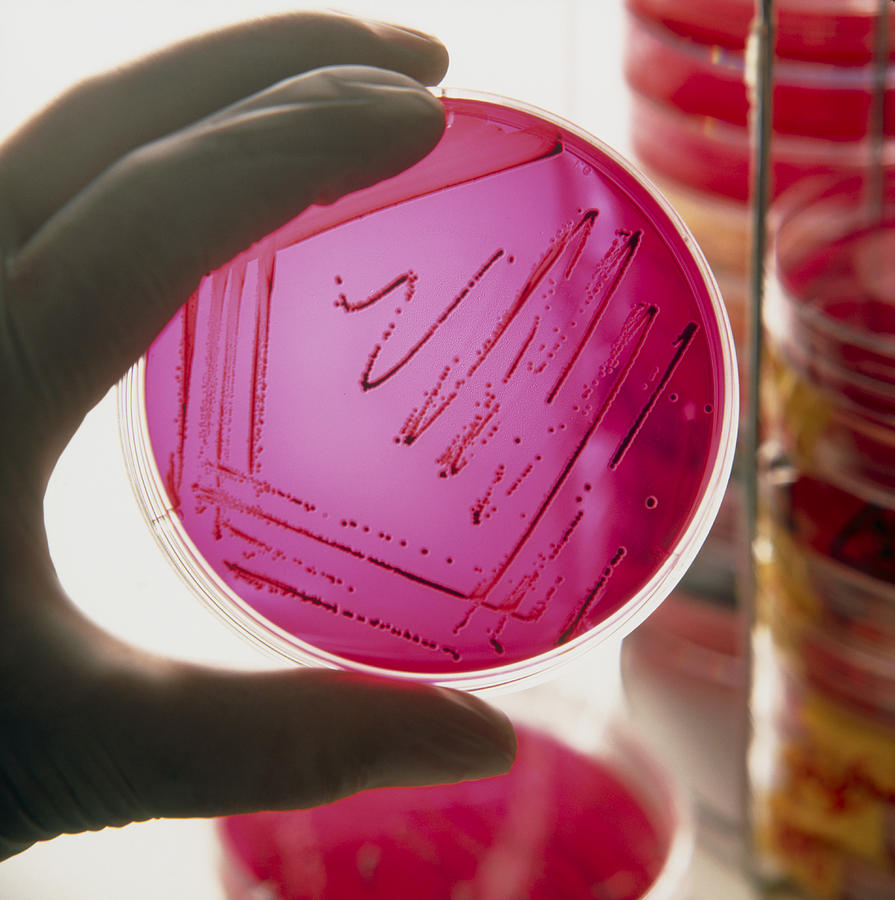
Gloved Hand Holds Petri Dish Of Cultured Bacteria Photograph by Tek Image
Spread Plate Technique for Bacteria and Fungi. The spread plate technique is used to grow a continuous lawn of bacteria or fungi on an agar plate. To get started, you will need: A clean, sterile work area. Agar plates appropriate for growing the bacteria or fungi you are trying to grow. A sterile spreader or sterile glass beads.

Petri dishes with bacteria Stock Image F018/3375 Science Photo
Biology Agar, Petri Dishes, and Bacteria Filters category Agar, Petri Dishes, and Bacteria Sort By: 43 Results Best Seller Best Seller Bacteria Growing Kit $35.95 Add to Cart Quick View Best Seller Best Seller Petri Dishes, polystyrene, 90 x 15 mm, 20 pack $7.95 Add to Cart Quick View Best Seller Best Seller Science Buddies Bacteria Discovery Kit
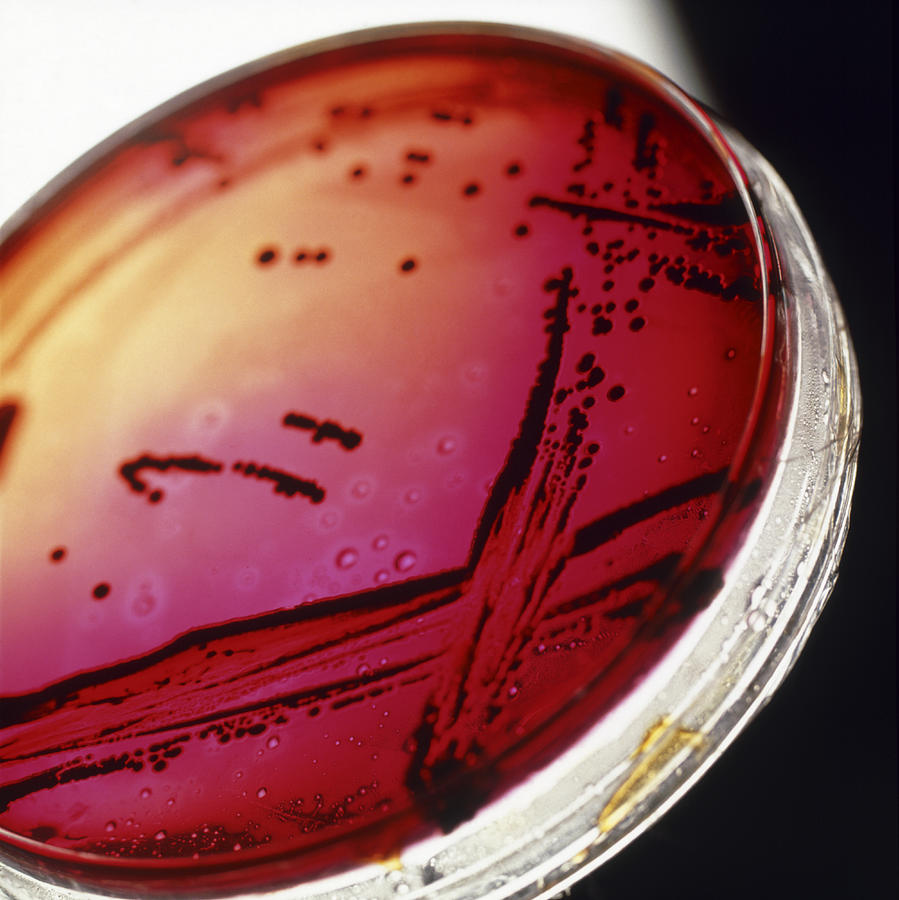
View Of A Petri Dish With Bacterial Cultures Photograph by Tek Image
Feb. 7, 2020 We may not see them, but microbes are all around. This fact is revealed to microbiology students who are tasked with a classic project: to identify bacteria and fungi from their environment. Armed with cotton swabs and Petri dishes full of nutient agar, students head out of the lab to see what lives on surfaces they encounter everyday.

Petri Dish Samples Bacteria Fungal Image & Photo Bigstock
In a creative stroke inspired by Hollywood wizardry, scientists from the Kishony Lab at HMS and Technion (www.technion.ac.il/en/) have designed a simple way to observe how bacteria move as they.
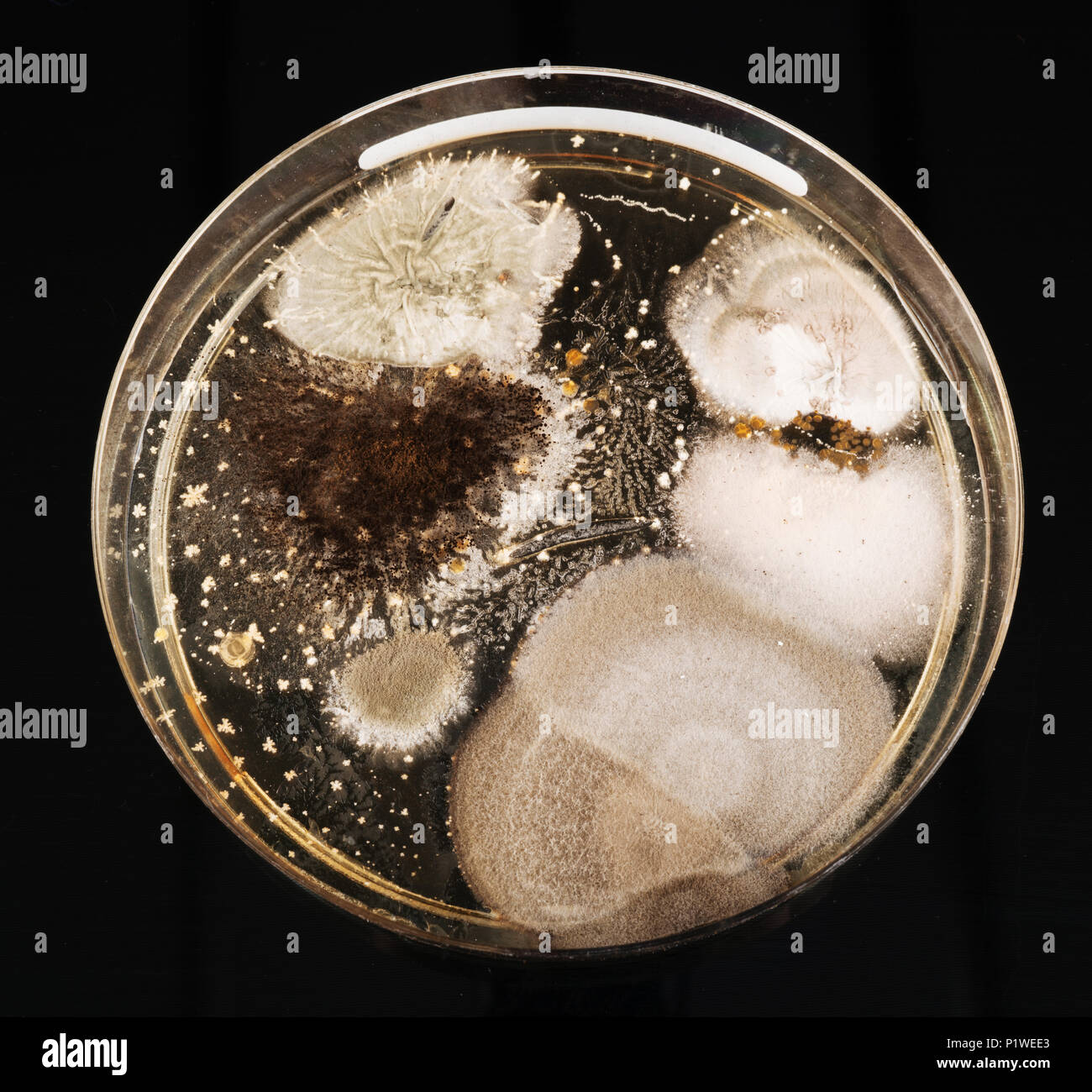
Petri Dish Bacteria Identification
Dip the loop into the E. coli culture and then remove it. Open the agar plate and gently glide the loop back and forth across the surface of one section of the agar. Take care to not scratch through the agar with the loop. The agar provides the nutrients the E. coli need to grow. Place the loop in the Bunsen burner flame again to sterilize it.
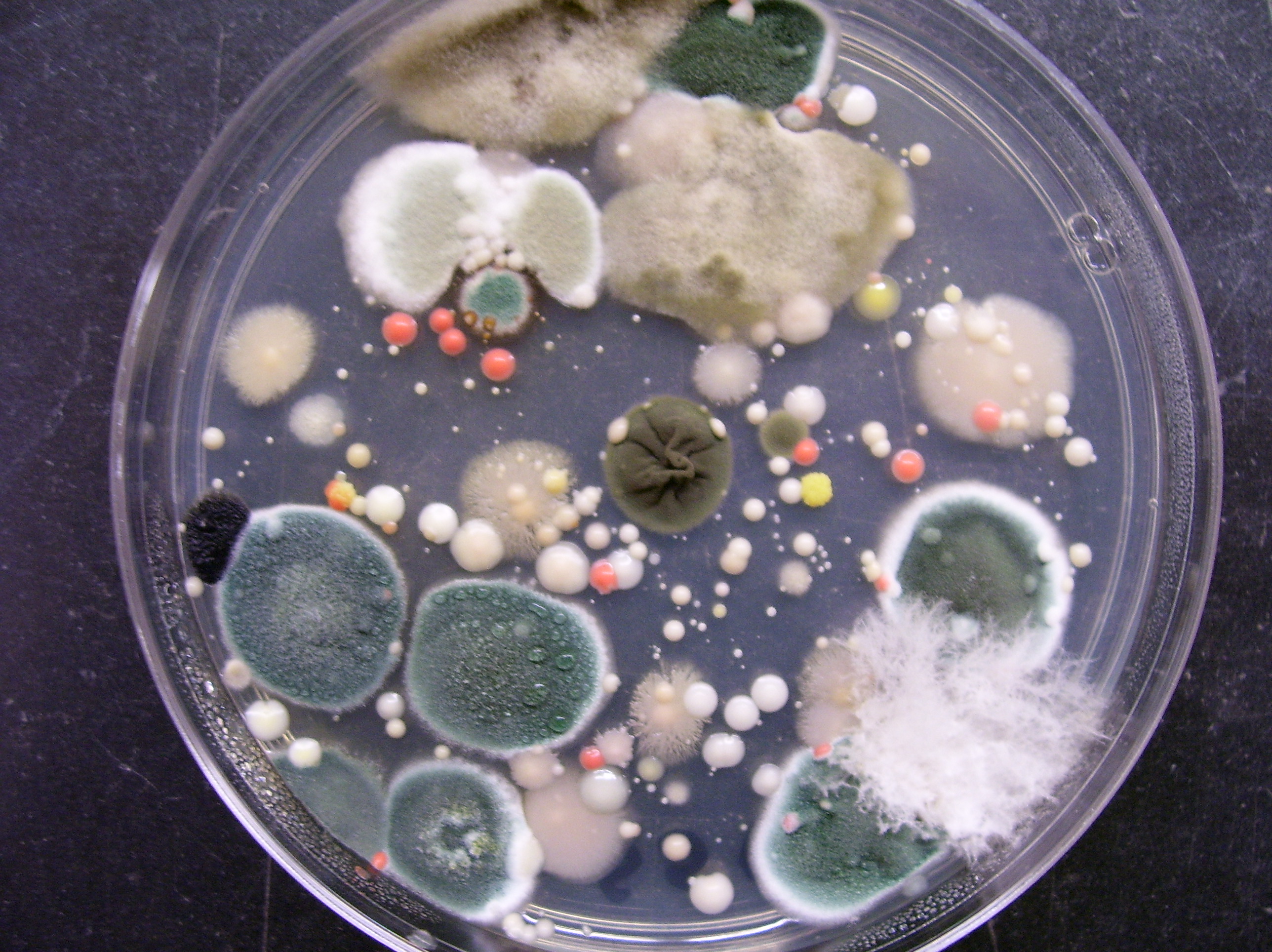
Bacteria In A Petri Dish Wallpapers High Quality Download Free
After a day or two, billions of bacteria have colonized the outer lanes of the large petri dish. Each time a bacterium divides, it must copy its genome. In doing so, mistakes—known as mutations—are inevitable. Collectively, the bacteria on this dish have experienced billions of mutations.

Petri dish with bacteria colonies, isolated on white Microbiome Hub
A Petri dish is essential laboratory equipment for the growth of microorganisms in the artificial solid culture media. A Petri dish consists of two parts: the smaller one is a container, and the larger is a lid. The larger dish fits over, the smaller dish and forms a cap. The commonly used Petri dish in a laboratory has a diameter of 90 mm.

Time Lapse of Bacteria Bacillus Cereus Growing in Petri Dish YouTube
A petri dish is a small shallow transparent dish with a lid that is mainly used in biological experiments for the culture of cells. For instance, in microbiological experiments, a Petri dish is used as a container to grow microbes with growth media in it. It is derived from the name of its inventor, German bacteriologist Julius Richard Petri.

Bacillus Bacteria on a Petri Plate Stock Image Image of petri, dish
Ever wanted to grow bacteria for a science project or just for fun? It's surprisingly simple! All you need is some nutrient agar (a special gelatinous growing material), a number of sterilized Petri dishes, and some disgustingly good sources of bacteria! Part 1 Preparing the Petri Dishes Download Article 1 Prepare the agar.
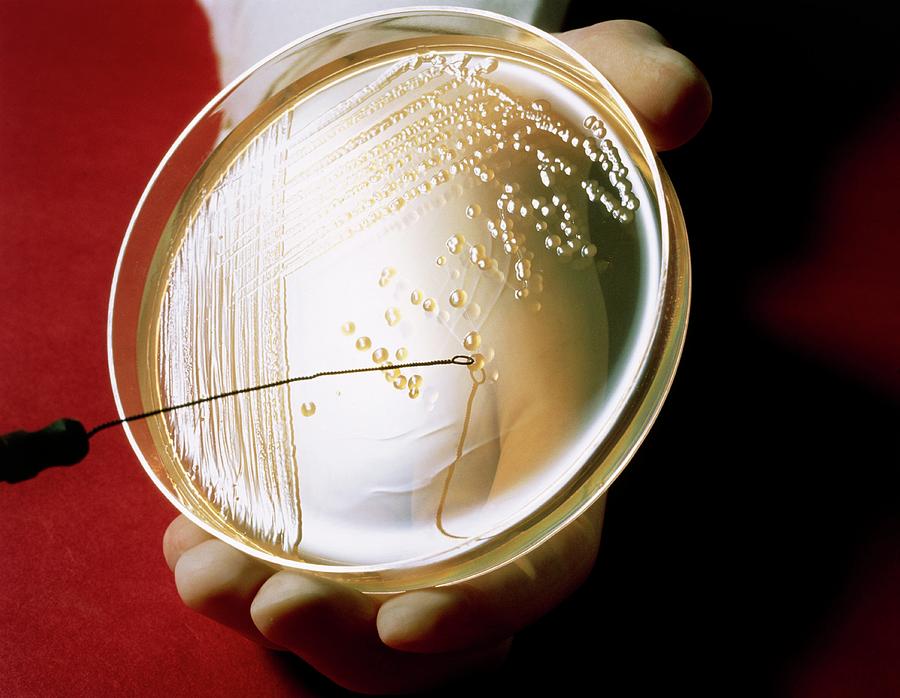
Petri Dish Culture Of Bacterium Escherichia Coli Photograph by Dr
A Petri dish is a cylindrical lidded dish made of shallow clear glass or plastic, used to hold a thin layer of agar.Used to cultivate bacteria, fungi and other microorganisms. The Petri dish is named after its inventor, Julius Richard Petri (1852-1921) who worked as an assistant to Robert Koch in Berlin at the Imperial Health Office. He developed a double dish, small, round, flat-bottomed with.
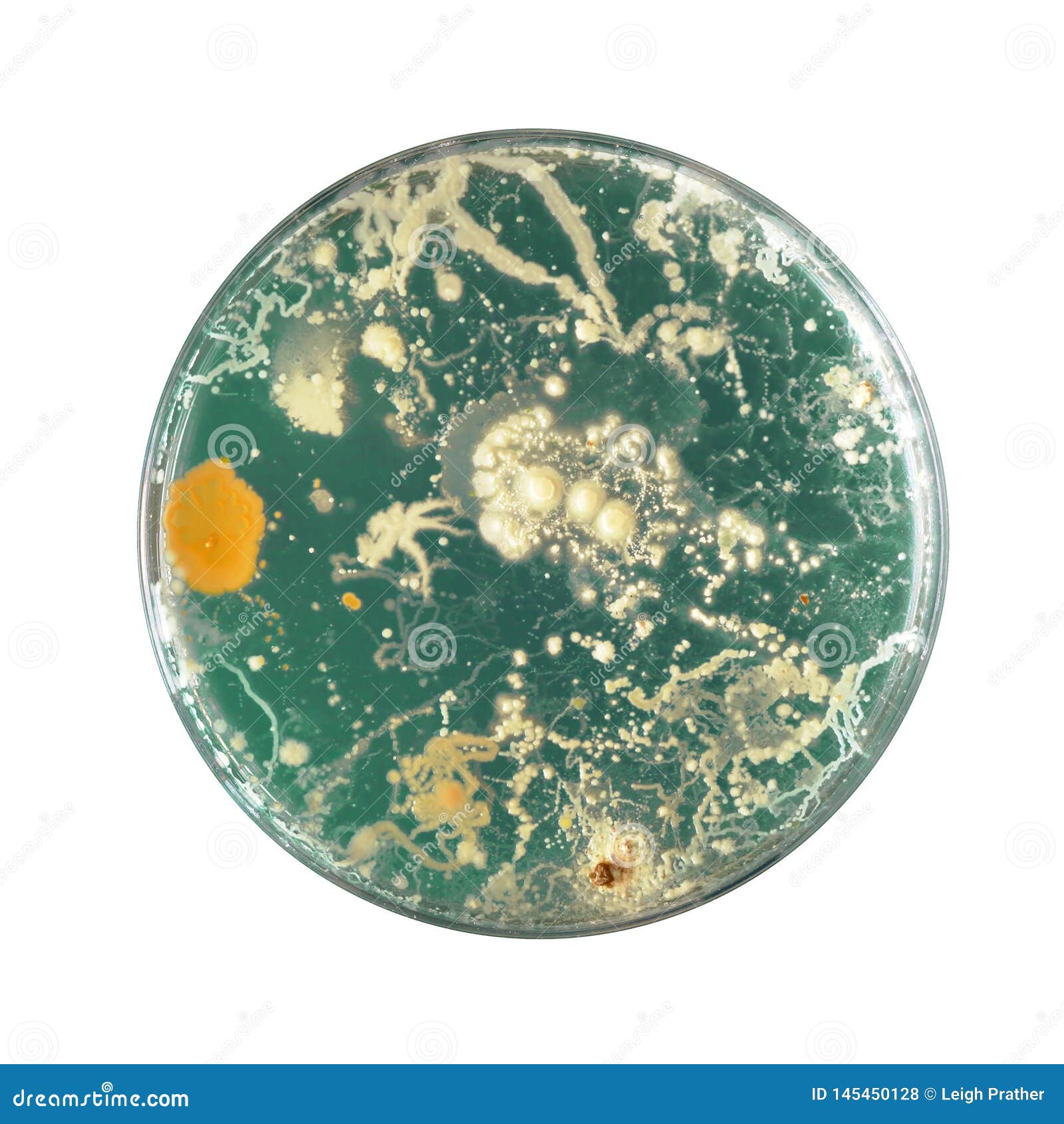
Bacteria Growing in a Petri Dish Stock Photo Image of culture
A Petri dish (alternatively known as a Petri plate or cell-culture dish) is a shallow transparent lidded dish that biologists use to hold growth medium in which cells can be cultured, [1] [2] originally, cells of bacteria, fungi and small mosses. [3] The container is named after its inventor, German bacteriologist Julius Richard Petri.
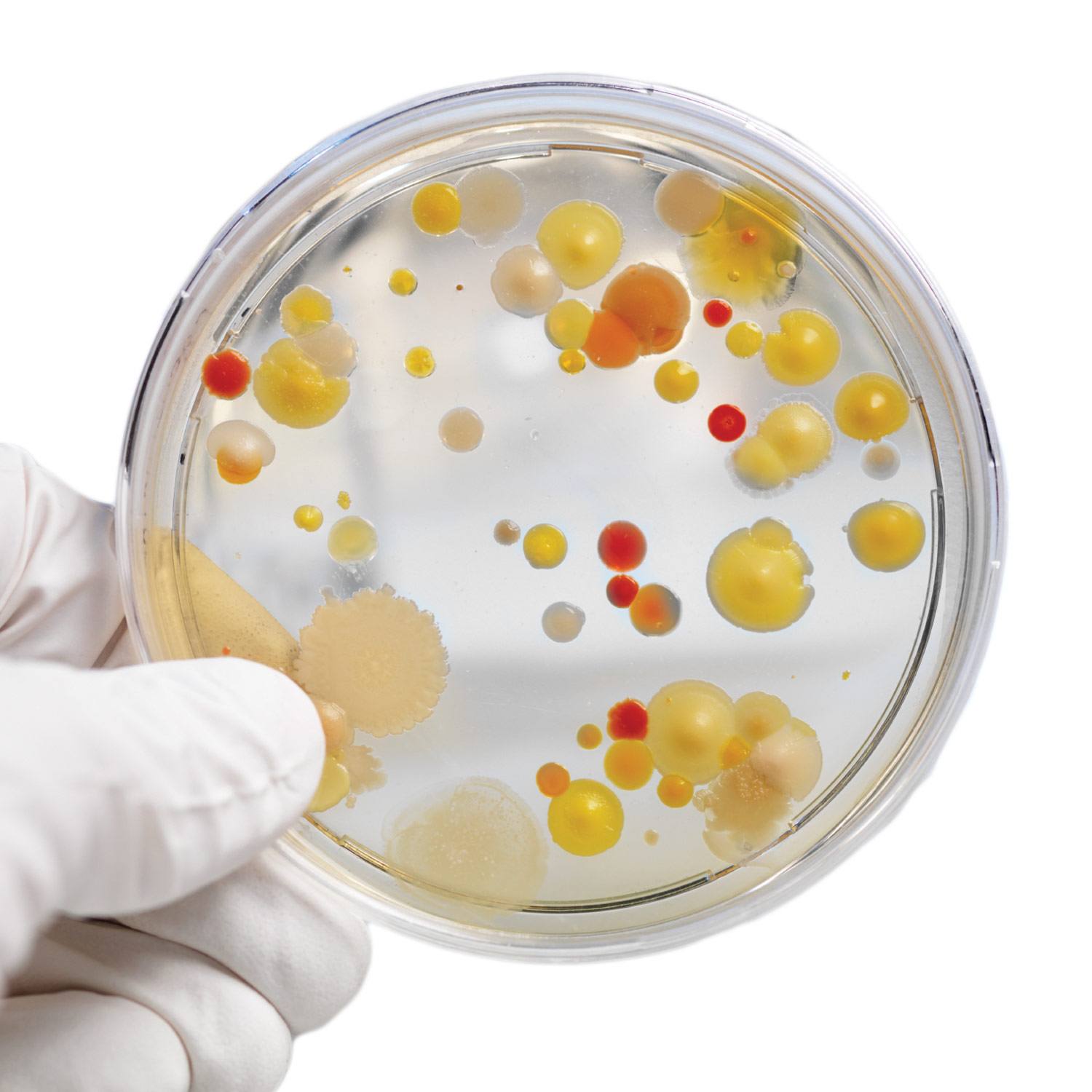
Growing Bacteria in Petri Dishes Biology Experiment
Colony morphology is a method that scientists use to describe the characteristics of an individual colony of bacteria growing on agar in a Petri dish. It can be used to help to identify them. Colony morphology A swab from a bin spread directly onto nutrient agar. Colonies differ in their shape, size, colour and texture.

Petri Dish Culture Of A Nitrogen Fixing Bacteria Photograph by Dr
What is a petri dish used for? What sterilization method are you used for petri dish sterilization? What is a Petri dish? Who invented the Petri dish? What are the main parts of a Petri dish? What are the different types of Petri dishes? Can Petri dishes be reused? How are Petri dishes used in laboratories? How do you sterilize a Petri dish?

Petri Dish With Bacteria Colonies Isolated On White Stock Photo
1 To get started, you'll need to make your agar and fill some petri dishes. Use a clean, microwave-safe container to mix the agar with water and then boil it. A quart-sized bowl works great. These proportions make enough nutrient agar to prepare two petri dishes. Stir these together well: ½-teaspoon agar (1 1/5 grams)

Bacillus Subtilis petri dishes, the top two are frozen and the bottom
Order now at http://www.stevespanglerscience.com/search?sSearch=agar&sClass=Product&sType=&submit.x=0&submit.y=0 You can smell a good science project a block.
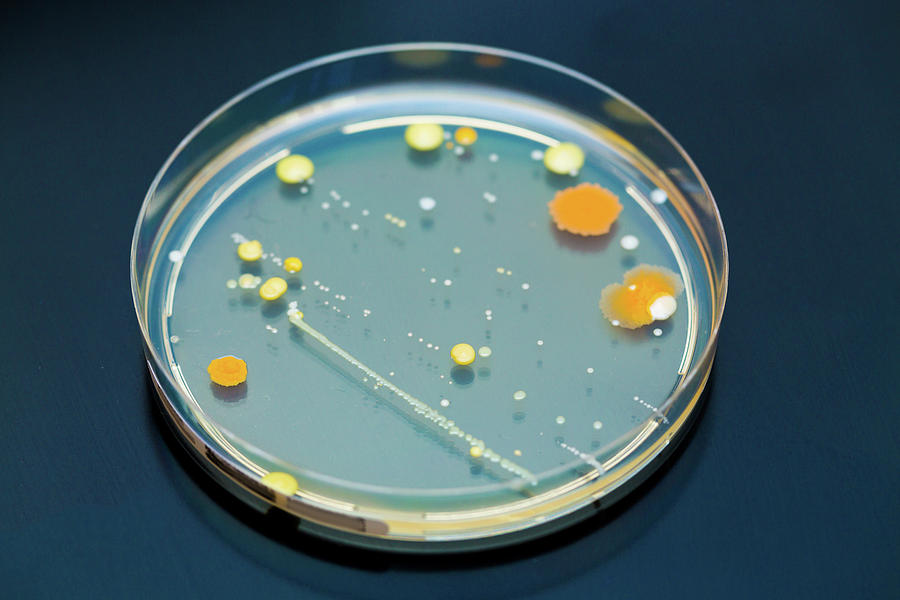
Bacteria Petri Dish Art
Bacteria are grown in Petri dishes upon a solid medium known as bacterial agar, where raised, circular colonies form. Unlike an individual bacterial cell, a colony is a group of bacteria large enough to be visible to the naked eye.